Portada » Initiatives » Awards » Rafael Manzano Prize » Awardees » Luis Fernando Gómez-Stern and Ignacio Medina
Rafael Manzano Prize
2013
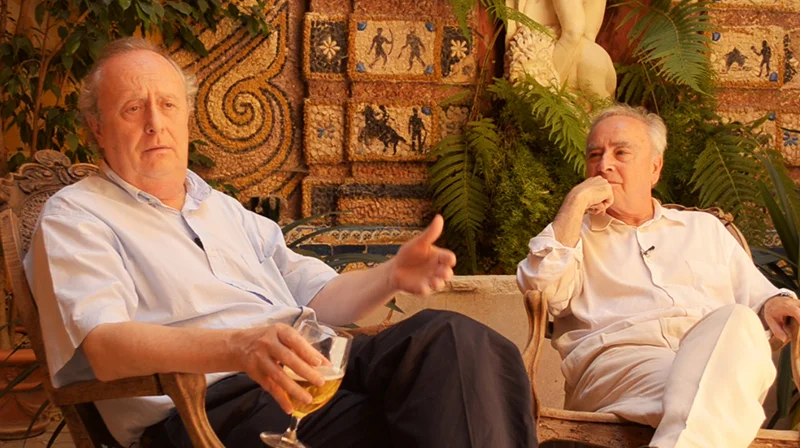
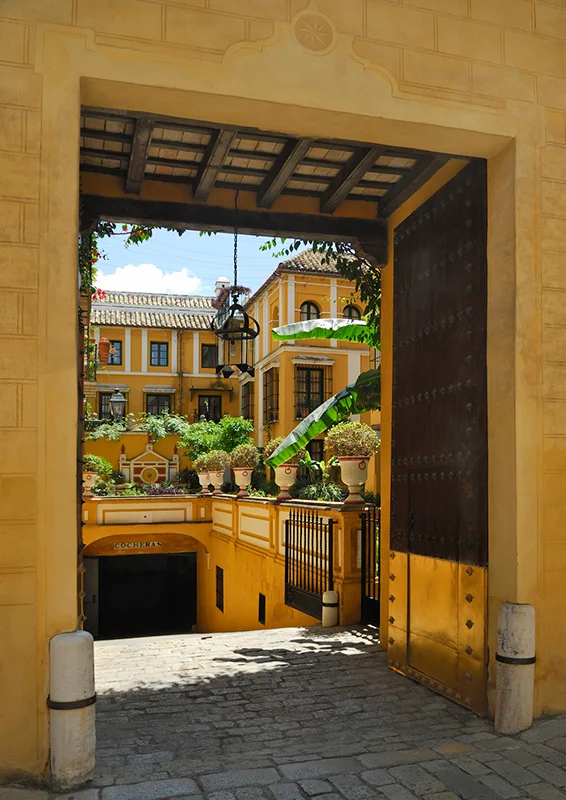
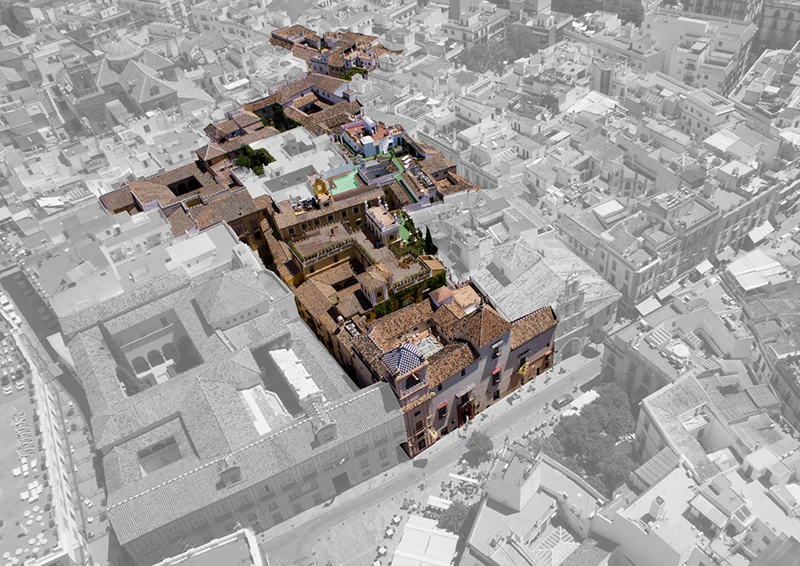

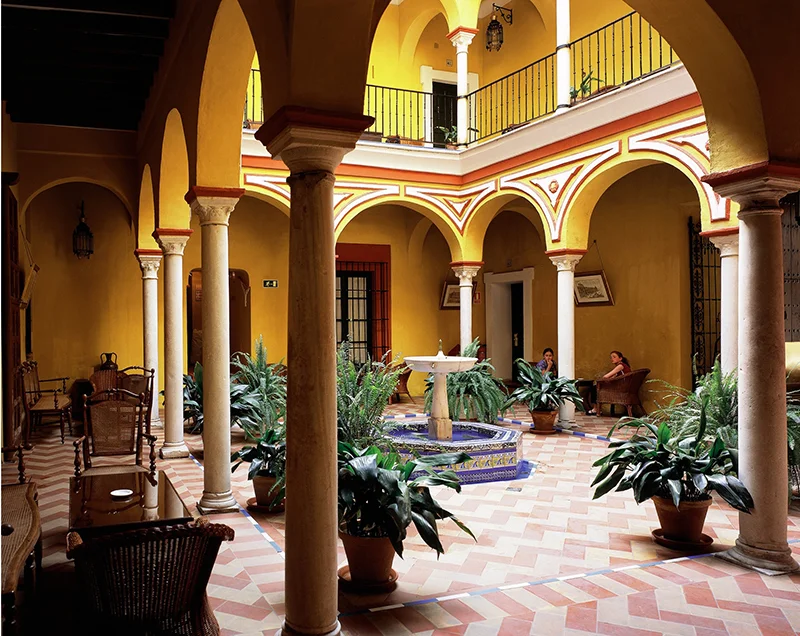
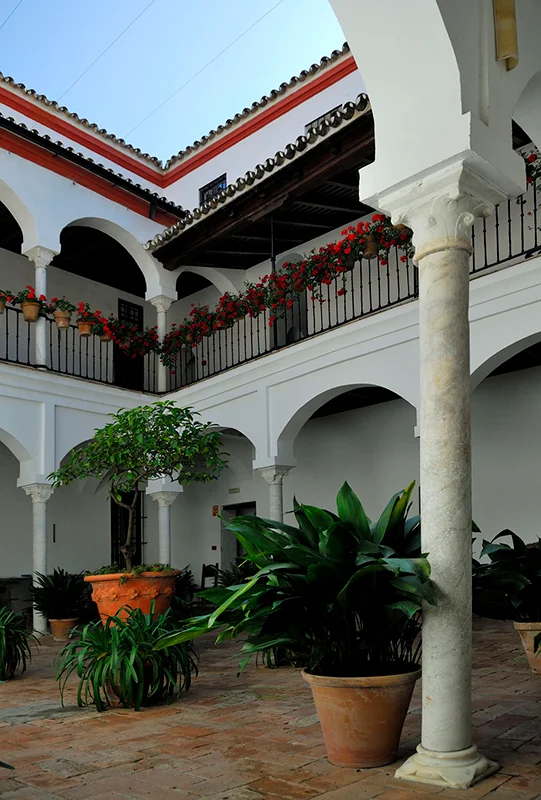
Luis Fernando Gómez-Stern was born in Seville in 1942. He is an architect and descendant of a long line of professionals in architecture and construction. Graduating from the Seville School of Architecture, he soon began to work in the Otaisa group (Technical Offices of Architecture and Engineering S.A.), where he would quickly occupy the position of Chief Executive Officer and then President until very recently. His work as an architect has always developed in the freelance field, obtaining important commissions for projects through public competition. In the academic year of 1972-1973 he was professor in charge of the School of Architecture of Seville but chose not to continue this teaching career because he considered it incompatible with his extensive professional activity. His concept of architecture combines modernity and concern for the traditions and architectural culture of its historic city. In this sense, he inherited and maintained the vision of his father, the architect Luís Gómez Estern, a prominent scholar of traditional architecture in Seville.
Ignacio Medina and Fernández of Córdoba was also born in Seville, in 1947. He is the XX Duke of Segorbe and the President of the Fundación Casa de Medinaceli, who runs the restored Casa de Pilatos in Seville. Member of several international institutions of the first order, Ignacio Medina also devotes his efforts to his work as a member of the council of the San Francisco Fine Arts Museum, on the Board of the Fundación Mapfre-Estudios, the Instituto de Estudios Iberoamericanos de Argentina, the international council of Venetian Heritage, la Real Fundación de Toledo, the Advisory Board of the Hispanic Society of America, and is vice president of the Save Europe Heritage Defense Association, among other diverse positions and occupations. He is an Academic Correspondent for the Real Academia de la Historia and an Academic of the Real Academia Sevillana de Buenas Letras. As the manager of a vast family legacy, Ignacio Medina has been a strong supporter of historical heritage, especially when the bulldozers destroyed a large part of Seville during the 70s and 80s. He has designed and promoted numerous restorations in various Spanish locations throughout the year, alongside which he has been forming an excellent team of craftsmen specialized in these type of interventions (stonemasons, carpenters, masons, etc.).
Ignacio Medina has recovered architecture of importance at Pazo de Oca (A Estrada, Pontevedra, 2002), the monumental complex of San Salvador, which includes the Renaissance church of Vandelvira and the Palacio de los Cobos, in Úbeda (Jaén, 2004), and the Hospital Tavera or of Afuera in Toledo (2000). In collaboration with the architect Gómez-Stern, he has also restored buildings such as the Casas del Rey de Baeza in Seville (1992), the Town Halls of the same city (1990-1992) and the complex known today as the Casas de la Judería in Córdoba (2005-2010).
From the 1950s to the early 1980s, classical or traditional architecture in Seville was officially considered anachronistic or inadequate, with the sole exception of certain declared monuments; the reconstruction was not admissible, even partially, as it still occurs frequently today. If a new floor was built, when the building had disappeared, or an area was finished being demolished, the solutions given that were in keeping with the historical language were called worse mimics and were proscribed. The norms and the official organisations of control favoured the demolition not only of traditional dwellings, but also of the residential buildings of greater value, provoking their replacement by constructions considered “modern”. The result was the destruction of much of the traditional city and its significance.
In 1971 the entity ProSevilla was constituted on the initiative of Ignacio Medina, involving a group of the city’s notable businessmen and intellectuals. Their purpose was to recover degraded sectors considered in their urban integrity and to stop the destruction of the historical centre; not only the destruction of its monuments and unique buildings, but also of the traditional dwellings and the places that relate to and communicate the make-up of the traditional fabric. Their work was, above all, an important effort in changing the prevailing sensitivity to this.
ProSevilla focused its action in the neighborhoods of Santiago and San Bartolomé (where today the Casas de la Judería can be found) that were among the most unpopulated and joined the largest collection of civil architecture in historical Seville, including palaces, stately homes, convents, corrals and traditional dwellings. The intervention of ProSevilla managed to save the Corral del Conde (an essential model of Seville’s traditional architecture after being declared an Asset of Cultural Interest), the convent of Santa María de los Reyes, the Altamira Palace (later restored by the Junta de Andalucía for the Ministry of Culture) and the House of the Marquis of Marchelina, among many others. In the early 1980s, ProSevilla was dissolved due to economic difficulties, as it did not have the support of the government nor receive any subsidies.
The project that has earned them this Rafael Manzano Award 2013, the restoration of the complex known today as Casas de la Judería, was developed later between 1980 and 2012, but fulfills the objectives of ProSevilla, constituting the united action of urban recovery of a traditional neighborhood that focuses on the renovation of houses that are contained within it. It is the largest intervention of a private nature in the historical centre of Seville and one of the most extensive in the world. Its magnitude is of unusual proportions in Spain, since it encompasses 4 stately houses of classical architecture and 15 houses of traditional architecture- encompassing up to 36 courtyards- nearby surroundings include the churches of Santa María la Blanca, San Bartolomé and the Palace of Altamira, current headquarters for the Ministry of Culture of the Regional Government of Andalucía, and with a perimeter that affects 8 streets.
Completed in 2012, it was carried out over three decades, from house to house, according to the logic of the neighborhood’s formation, thus maintaining a sense of its own evolution. It is of artisanal work, done without initial planning regarding its extension and use. Future flexibility within the project is helped by discovery during construction that design can be slightly revised to respond to unexpected circumstances by adding to or subdividing spaces and houses as needed. The group of 19 houses in the Jewish quarter of Seville is currently used for hotel and residential use and is therefore the result of an urban revitalization of this historical sector of great artistic value, rooted in the centre of Seville.
The 4 noble houses date back to the 15th and 16th centuries, although they reached their currently recognizable configuration in the 18th century. The traditional dwellings are mostly from the eighteenth century and belonged to either military, merchants, or were corrals to stable animals that were rented to families.
The interior spaces of some consisted of silting up, disappearing patios, gardens and free spaces, as well as alleys and baileys, that have now become evident in the current transformation. The process of the neighborhood’s formation ended in the first years of the 20th century and began to decrease in population from then on. At the beginning of the 1970s the architectural conditions of the houses were deficient, in an accelerated process of disintegration within an environment of narrow pedestrian streets -some without exits- that barely conserved civic life.
In the restoration, the architectural language and traditional techniques have been used with modern auxiliary means as well as materials and finishes equal to the originals that remained, using, to this end, transported pieces or materials from nearby demolitions.